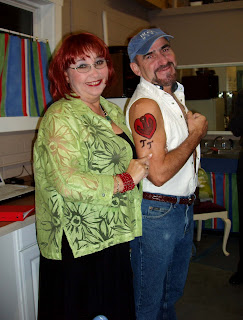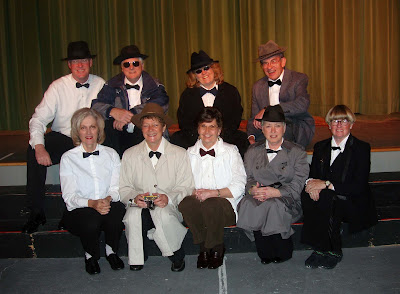 |
Paula Hilton
Presented by
The Old Theater Corporation
Directed by
Craig Elliott
January 18 & 19, 2008
You are invited to the last wine auction the Tortellini Brother’s Winery will ever hold. The historical winery, known for its rare but excellent cabernets, is being sold due to the death of its owner Georgio Tortellini.
And it’s such a crime … literally!STARRING ...
Suzy Alitto (as Jessie Jones)
“J.C.” Cappelmann (as Carmine Blanca)
Paul Del Rio (as Zach Henry)
Kathy Kellam (as Olive Tortellini)
Rob Lucey (as Joe Bob Biggs)
Jackie Thompson (As Dr. Jacobi)
Jeff Troeltzsch (as Angel "The Eggplant" Serra)
Richard Wertin (as Nigel Tuesday)Darrell Wiard (as Barney Schneckel)
Roberta Zawasky (as Toni Tortellini)





















